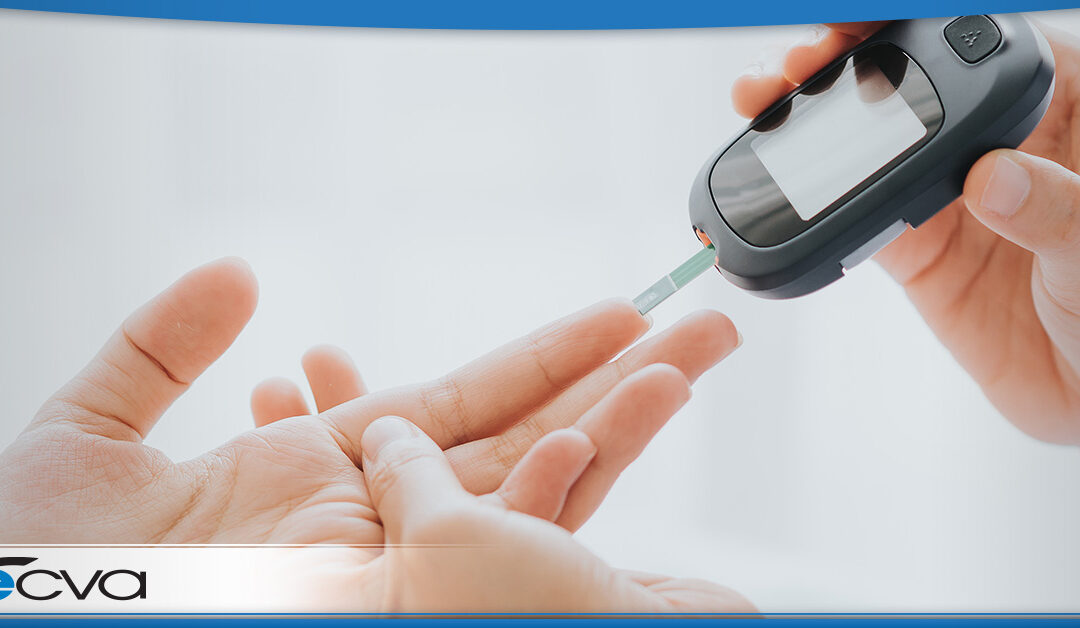High blood sugar levels have a significant effect on eyesight, causing various conditions like blurry vision, cataracts, glaucoma, and retinopathy. What are these conditions and how to they result from high blood sugar levels? We’re going to talk about each one, their cause, and any treatment methods available.
Blurred Vision
When someone experiences blurred vision, it doesn’t necessarily warrant an eye exam, or a new lens prescription. High blood sugar levels cause swelling in the lens of the eye, temporarily causing changes in vision. The common remedy to this condition is simply getting blood sugar levels back into a target range. Before meals, this range is between 70-130 mg/dL. After meals, the target range is 180 mg/dL. Eyesight should return to normal within three months of regulated blood sugar levels.
Cataracts
Normally associated with aging, cataracts are a common condition among all populations. They are a result of proteins in the lens of the eye becoming clumped together, forming a cloudy area of the lens. Cataracts may present as blurred vision or even vision that takes on a brownish tint. People who live with diabetes are more likely to get cataracts earlier in life, and the progression of the condition is much faster. The only treatment of cataracts involves surgery to remove the cloudy lens and replace it with a clear, artificial one.
Glaucoma
When fluid cannot properly drain from the eye, pressure increases. That pressure has the ability to damage nerves and blood vessels, which ultimately changes a person’s vision. The most common type of glaucoma is open-angle glaucoma, which can be treated with medicines that specifically target the drainage of the eye. They speed up the drainage, lower the pressure within the eye, and reduce the liquid that the eye makes. Routine eye exams will allow your doctor to identify glaucoma, likely before a person feels the first symptoms or has major vision loss.
Other forms of glaucoma present with symptoms like headaches, eye pain, blurry vision, watery eyes, and vision loss. Treatments for these forms of glaucoma are medicine, eye drops, surgery, and laser treatments.
With regard to diabetes, those who have issues with high blood sugar levels are also at an increased risk of getting a condition called neovascular glaucoma. This condition causes new blood vessels to grow on the iris of the eye, blocking the natural flow of fluid and increasing eye pressure. It may require laser surgery or implants that aid in fluid drainage.
Diabetic Retinopathy
The back of the eye contains a group of cells that process light, called the retina. The retina turns that light into images that the optic nerve can send to the brain. When small blood vessels in the retina become damaged from high blood sugar levels, a condition called diabetic retinopathy occurs. Without early treatment, a patient risks blindness. As long as the patient effectively manages thier diabetes, the chances of experiencing diabetic retinopathy remain low.
If someone has a diagnosis of eye issues that are related to diabetes, the best thing they can do is take preventative measures to ensure their vision doesn’t worsen. Focusing on regulating blood sugar levels aids in preventing new problems while also slowing the progression of issues they currently experience. People with diabetes should also consider keeping a regular schedule for eye exams to monitor any vision complications.
Book an Appointment Today!
If you have further questions or would like to schedule an appointment with one of the Ophthalmologists at Eye Care and Vision Associates please call 716.631-EYES (3937) or visit www.ecvaeyecare.com .


